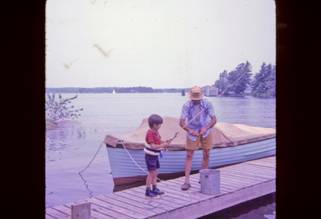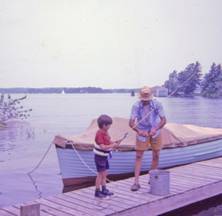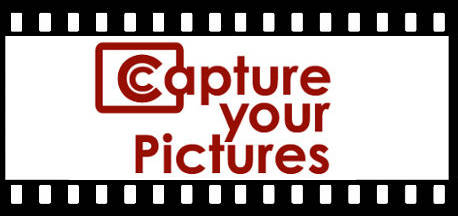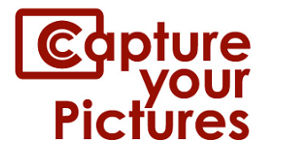- Separate Plastic and Paper mounted slides. [The bulk slide loader must be set to one or the other type and plastic and paper mounted slides cannot be intermixed in the loader.]
- Please orient all of your slides the in same direction. If you can determine the emulsion side of your slides, please group your slides with the emulsion sides all facing the same direction. The emulsion side usually has a dull appearance compared to the opposite side. Also, most paper-mounted slides have “This side toward screen” printed on the emulsion side of the mount.
- To perform dust and scratch removal on Kodachrome slides, a special set of scanner options must be used. Please separate Kodachrome slides from Ektachrome/Fujichrome/Agfachrome.
- Separate color slides from black and white slides.
Note: Dust and scratch removal does not work on black and white slides. - Pack slides in boxes, slide pages or wrap a 2-inch strip of paper around groups of slides and place a rubber-band around the them. To prevent any possible moisture damage during shipping, I suggest you place your slides in one or more zip-loc bags.
- Pack all of your secured and bagged slides, and your order form.
- We will contact you when your materials have arrived for scanning and when your scanning job is completed.
- We will then email or call to let you know the job is completed.
Though manufacturers quote data integrity lifetimes on the order of 50 years or more for CDs, for instance, recent published test data suggests that occasionally CDs and DVDs will fail and become unreadable much sooner, perhaps within even a few years of being burned. For this reason I make duplicate copies of all of my own images on CD or DVD and even keep the two copies in different locations (in case of fire, for instance). I suggest that you do the same, especially with your most important images, which is why I offer duplicate disc sets with your scanning order if you do not want to make your own copies from the discs I deliver to you.
If you are looking for optimum quality, scan as 16 bit. [Large pictures] As for optimum file size, you want to go with 8 bit. We currently scan at the 8 bit setting. Consider the maximum size print you think you might want from any particular slide. For instance, if you only ever want to print small 5″ x 7″ prints, then 8 bit is fine and the current settings are 4464 x 3029. Even now that is overkill for the average photo prints of 4 x 6 to restore your history. Of course we will scan a “few” items at 16 bit at no extra cost if they are very special and you looking to enlarge the image.
Note: Automatic ICE4 dust and scratch removal does not work with black and white slides. ICE4 will work on Ektachrome/Fujichrome and Kodachrome films, though the best results are obtained with Ektachrome/Fujichrome.

Before

After
Each Film Scanning Package Inc Each Film Scanning Package Includes:
- Professional Quality Scan
- Up to 4000 DPI Optical Resolution
- Color Restoration
- Contrast Enhancement
- Scratch, Dust, and Fingerprint Removal
- 300-Year Gold Archival Media
- Custom Surface Disc Print

